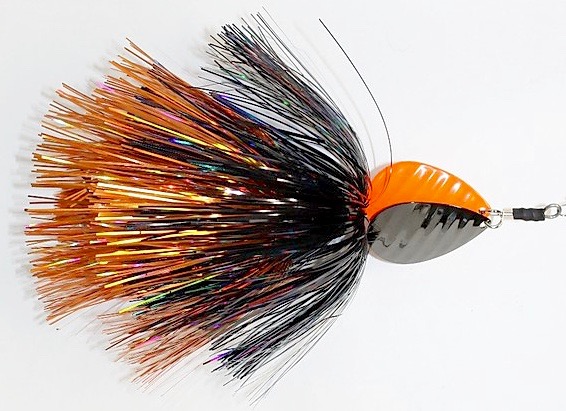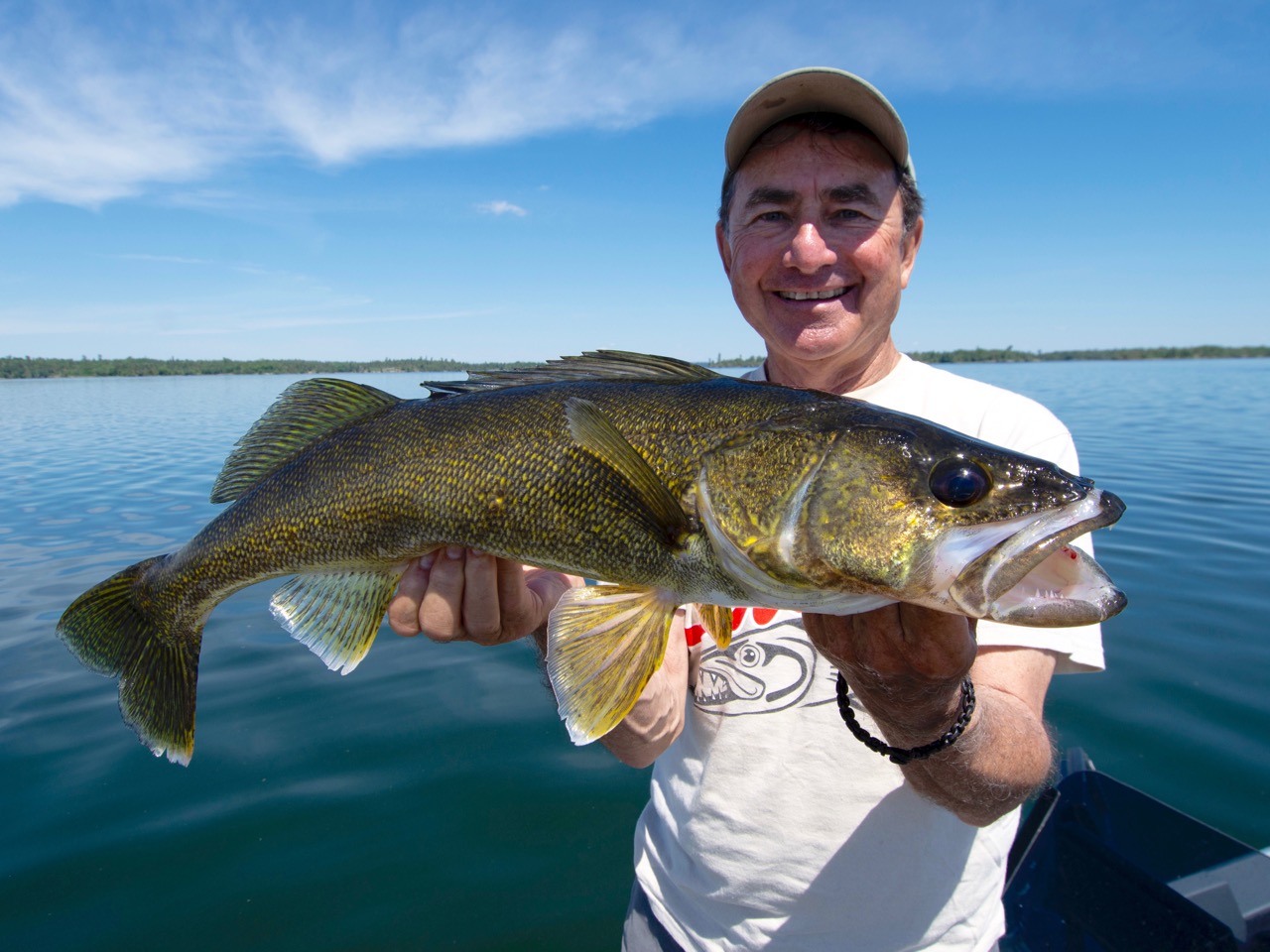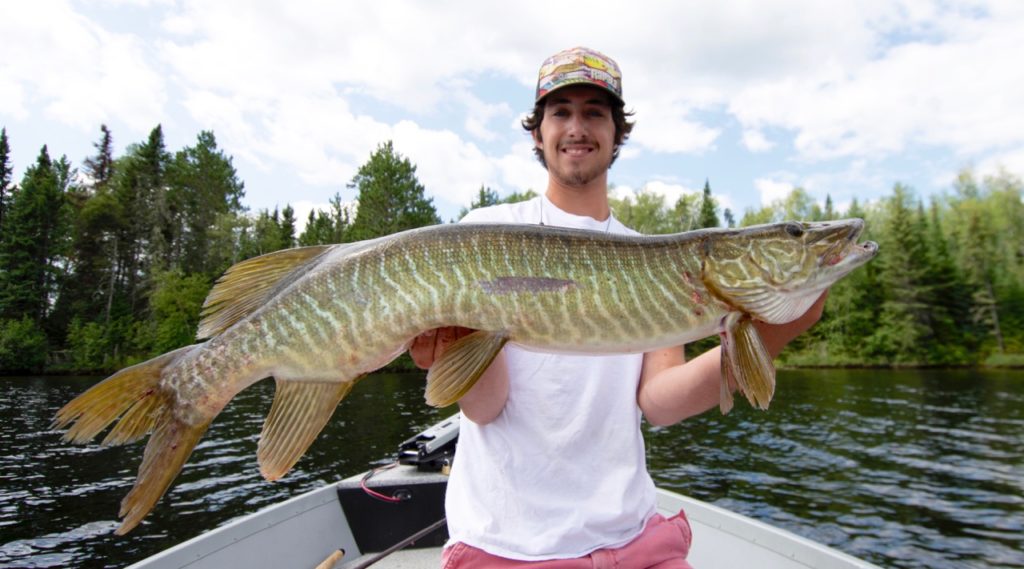PRIME-TIME PLAYS
Expert tactics for making the most of summer’s hottest angling action for pike, muskies, walleye, bass and lake trout
Advertisement
MUSKIES
While most folks lump them in with pike, muskies behave very differently. Since they’re warm-water fish that typically spawn in late May and early June, their summer peak often appears almost immediately after they recover from their egg-laying ordeal.
Advertisement
When the first warm days of summer descend and sweat drips from my elbows, I start looking for two things—fallen trees along the shoreline and lush beds of red cabbage. Such vegetation is at a premium on many of the northwestern Ontario muskie waters that I fish, however, thanks to ravenous invasive rusty crayfish. So, when I spot the tobacco-like leaves of cabbage weeds, I get giddy.

Last summer, for example, my grandson Liam and I were exploring a new muskie lake during the peak period—the best time to check out new water—when we rounded the tip of an island and spotted the red flowery tips of weeds floating on the surface. “Is that cabbage?” I asked Liam, who answered by firing a black #7 double-bladed Handlebarz in-line spinner over the grass. No sooner did he bulge the bait over the weed edge than a gorgeous tiger devoured it in a frothy maelstrom.
As for fallen trees, look for old soggy ones that have been in the water for several seasons, their gnarly branches providing the perfect vantage points for muskies hiding in ambush. Freshly fallen trees, with their green leaves or needles still attached, are far less attractive to these toothy predators.
Advertisement


